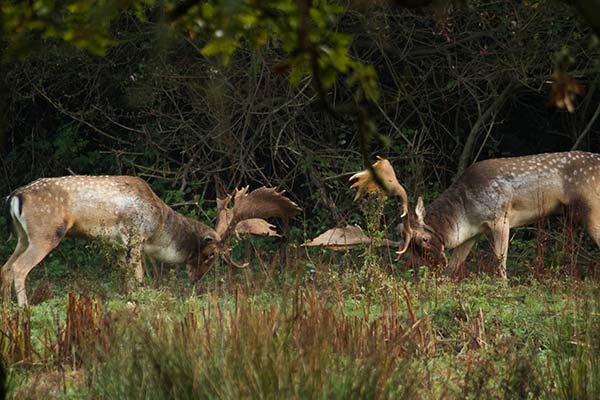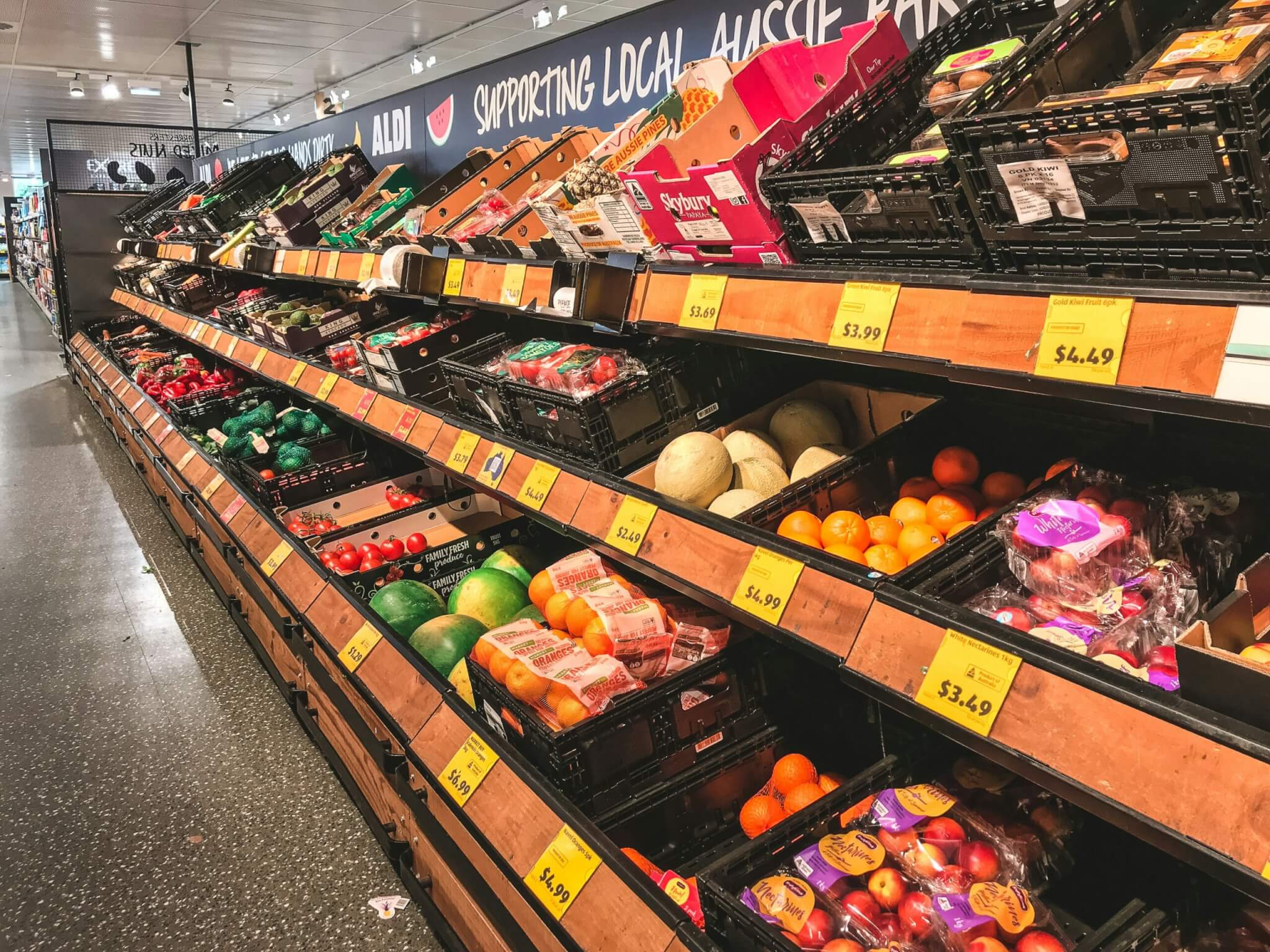When I was young, a couple raised poultry on the edge of the farm. He was deaf and she was blind. They could often be seen walking along the overgrown lane which followed a stream down from their cottage, through what was known as ‘the Bottoms’: a boggy area inadvertently rewilded through neglect. It was renowned locally for its birdsong, and between them the couple could identify every bird.
Our landlords placed no value on birdsong, and threatened ‘dilapidations’: a charge made on tenants for losses in the productive value of their land. As a teenager, I was dispatched to the Bottoms with an axe, to the clear the alder, willow and oak emerging from the grass and brambles. I soon gave up, and was replaced by some pigs – but even their rootling snouts failed to tame nature’s vigour. Later, in the 70s, with a subsidy for planting conifers, our landlords took the Bottoms back, drained and cleared it at huge cost, and planted a monoculture of larch trees.
The larch struggled on the ill-suited land, and after 50 years succumbed to the disease ramorum, and was subject to a felling order. The timber was of little value, and once again nature took over completely (although my nephew is hoping to help it on its way soon, with the reintroduction of beavers).
So, when should we ‘manage’ nature, and when should we step back and let it find its own course? In the Bottoms, we got it hugely wrong by imposing a generic policy without regard for local conditions. Nature, landlord and tenant would all have been richer if we’d had the wisdom and humility to just leave it alone.

A recent visit to the 3,500-acre rewilded Knepp Estate in Sussex left me intrigued and sometimes inspired, but also worried that to rewild substantial areas of agricultural lowland would simply export the environmental impact of food production. Knepp provides an important landmark, but even its owners would not suggest that mass rewilding is a generic solution to our problems.
I suspect that in lowland Britain, and Devon in particular, there may be more to be regained from carefully tailored, site-specific rewilding, using a complex, interconnected network of smaller areas of unproductive, marginal land like the Bottoms. I hope that our government’s emerging agricultural policy will leave enough flexibility to allow the implementation of local solutions, following local knowledge and local conditions.











Sometimes we need to manage nature because we have altered the environment so much that full natural functioning will not be achieved by shutting the gate and walking away. Reintroduction of beavers is an excellent example of how we can aid the restoration process by intervention.